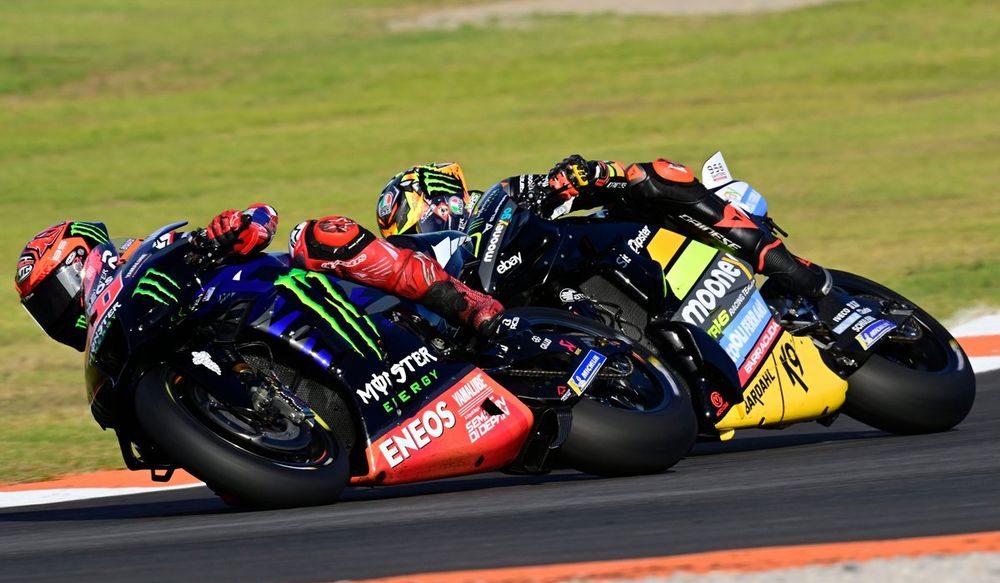Whether embraced or begrudgingly accepted, sprint races have become a permanent fixture in MotoGP. The initial introduction may have been abrupt, but the primary objective was to generate increased interest in the series. A review of the on-site attendance figures for 2023 indicates that this goal was indeed achieved.
Out of the 20 rounds held in 2023, 15 events experienced a rise in Saturday attendance compared to 2022. Among the remaining races, Austin’s figures are unavailable, India was a debut event, Indonesia and Argentina saw minor dips, and Australia’s schedule was altered due to weather conditions, leading to a Saturday Grand Prix. Overall, 16 events surpassed their 2022 attendance figures.
It is crucial to consider certain nuances when interpreting these results. The 2022 season was still recovering from the impact of COVID-19, potentially affecting some events. For instance, the French GP, with an all-time attendance record of 278,805 in the previous year, stands out as an exception due to the popularity of local riders and effective event promotion.

While acknowledging the potential influence of external factors, credit must be given to Dorna Sports for revitalizing a series that had shown signs of stagnation. The introduction of an engaging alternative to a fourth practice session coincided with a notable surge in on-site attendance.
However, a concerning statistic emerges none of the 39 races in 2023, whether sprint or grand prix format, featured the entire 2023 grid. This comes in a year marked by the highest number of crashes in over a decade, with 358 recorded in the MotoGP class throughout the 20-round season.
Comparing this to the 335 crashes in 2022, the increase is modest (23 more crashes). Of the total crashes in 2023, 49 occurred during the sprint races, contributing to injuries for five riders, including Enea Bastianini, Luca Marini, Miguel Oliveira, Joan Mir, and Alex Rins.
While most crashes still occurred in grand prix races (86 in total), an interesting pattern emerges. The newsprint format placed greater emphasis on Fridays, making it crucial to finish within the top 10 for a shot at qualifying directly to Q2. This intensified competition on Fridays, potentially contributing to the overall increase in crashes.
One notable casualty of the new format was Pol Espargaro, who suffered severe injuries in a crash during FP2 in Portugal. The subsequent shift to only second practice deciding qualifying groups from the British GP onwards reflected concerns about rider safety.
While the increase in crashes cannot be solely attributed to the sprint format, its influence is undeniable. The format, coupled with new tire pressure rules and increased aerodynamic challenges, created a demanding environment. Riders had to navigate these challenges twice each weekend, potentially contributing to the higher crash rates.
Notable voices within the MotoGP community, including 2021 world champion Fabio Quartararo, express concerns about the sustainability of the current sprint race frequency. Quartararo emphasizes the physical toll of sprint races and questions the need for one in every Grand Prix.
Ultimately, the decision to retain or modify the sprint race format in MotoGP involves a delicate balance between maintaining spectator interest and addressing the growing challenges and concerns expressed by riders.

